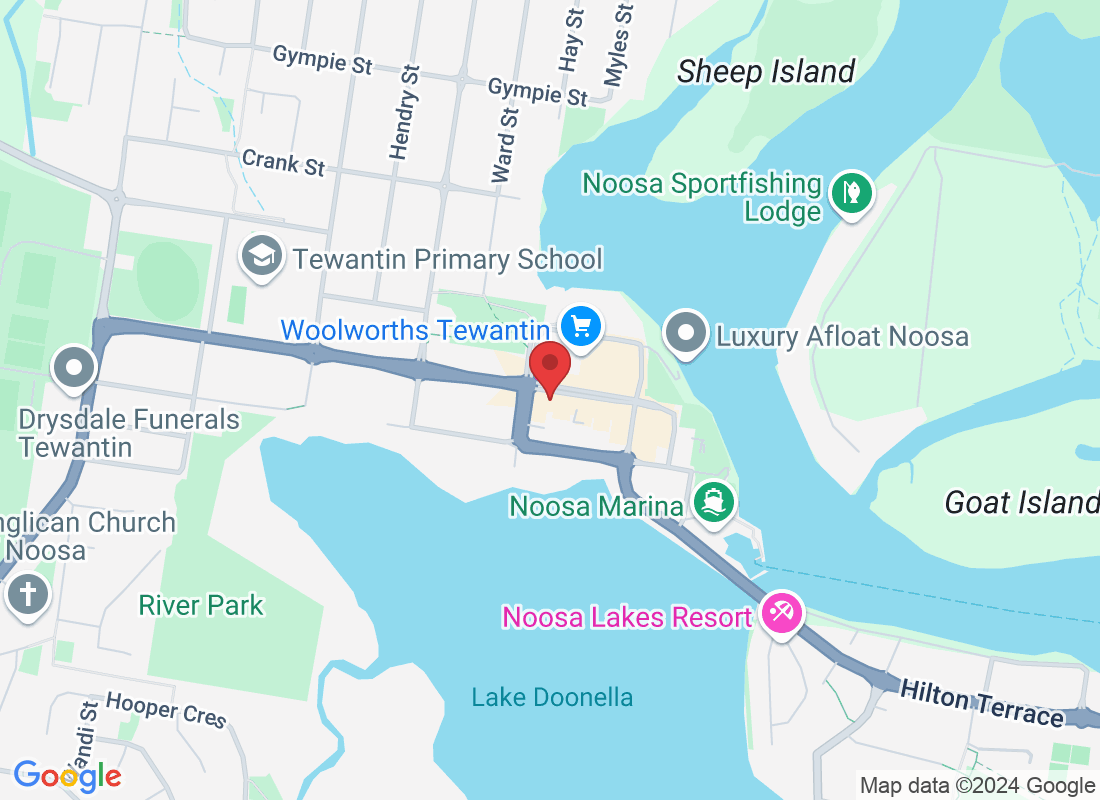
What Is Sciatica? Understanding the Root Cause of That Radiating Leg Pain
What Is Sciatica? Understanding the Root Cause of That Radiating Leg Pain
If you've ever felt a sharp, shooting pain that travels from your lower back or buttock down the back of your leg, there's a good chance you're dealing with sciatica. This condition affects thousands of people every year and is one of the most common reasons people seek help for lower back or leg pain.
But what exactly is sciatica? Why does it happen? And—most importantly—what can be done about it?
Let’s break it down in simple terms.
What is Sciatica?
Sciatica isn’t a diagnosis on its own—it’s a term used to describe a set of symptoms caused by irritation or compression of the sciatic nerve. This nerve is the largest in the human body. It starts in the lower spine, travels through the buttocks, and runs all the way down the back of each leg.
When something presses on or inflames the sciatic nerve, it can lead to pain that radiates from the lower back or hip down one leg (and sometimes into the foot). This pain can vary from mild to severe and may be accompanied by numbness, tingling, or even weakness in the leg.
What Causes Sciatica?
There are several conditions that can lead to sciatica, including:
1. Disc Bulge or Herniation
The spinal discs act as cushions between your vertebrae. If one of these discs bulges or ruptures, it can press on the nearby nerve root—often the sciatic nerve—causing pain to shoot down the leg.
2. Degenerative Disc Disease
As we age, spinal discs can naturally wear down. This can lead to changes in the spine that reduce space for nerves and cause irritation or compression.
3. Spinal Stenosis
This is a narrowing of the spinal canal, often due to ageing, which can put pressure on the nerves. When this narrowing affects the lower back, sciatica symptoms can appear.
4. Piriformis Syndrome
The piriformis muscle sits deep in the buttock, close to the sciatic nerve. If it becomes tight or spasms, it can irritate the nerve, mimicking sciatica.
5. Poor Posture or Prolonged Sitting
Spending long hours sitting—especially with poor posture—can put strain on the lower back and increase pressure on the sciatic nerve.
Common Symptoms of Sciatica
Pain that starts in the lower back or buttock and travels down the back of the leg
Burning, tingling, or "pins and needles" sensations in the leg or foot
Muscle weakness in the affected leg
Pain that worsens with prolonged sitting, coughing, or sneezing
Discomfort during certain movements, like bending or lifting
Sciatica often affects only one side of the body, although the intensity and type of symptoms can vary from person to person.
How Tewantin Physiotherapy & Sports Injury Centre Can Help
If you're experiencing symptoms of sciatica, the team at Tewantin Physiotherapy & Sports Injury Centre is here to help. While sciatica can be painful and limiting, it is also very treatable—especially when caught early and managed with the right approach.
Here’s how physiotherapy can help:
✅ Comprehensive Assessment
Every body moves differently, so we begin with a thorough assessment. This helps us understand where the irritation is coming from, which structures are involved, and what’s contributing to the problem.
✅ Hands-On Treatment
Manual therapy techniques can help ease tight muscles, improve spinal mobility, and reduce pressure on the sciatic nerve. These treatments often provide immediate relief and help set the foundation for longer-term recovery.
✅ Tailored Exercise Programs
We guide you through specific exercises that target the source of the issue. Whether it’s core strengthening, hip mobility, or postural retraining, our goal is to get you moving better and feeling stronger without flaring up your symptoms.
✅ Education and Prevention
We’ll help you understand what movements or habits may be contributing to the issue and offer strategies to reduce strain on your back and legs—whether you're at work, at home, or out for a walk.
The Bottom Line
Sciatica may feel overwhelming, but the good news is that most cases respond well to a conservative, movement-based treatment plan. Ignoring the pain or hoping it goes away on its own can lead to longer recovery times or recurring flare-ups.
If you’ve been struggling with leg pain that won’t let up, reach out to Tewantin Physiotherapy & Sports Injury Centre. Our team is ready to help you get back to walking, working, and living without that constant discomfort holding you back.
👉 Book your appointment today and take the first step toward relief.



